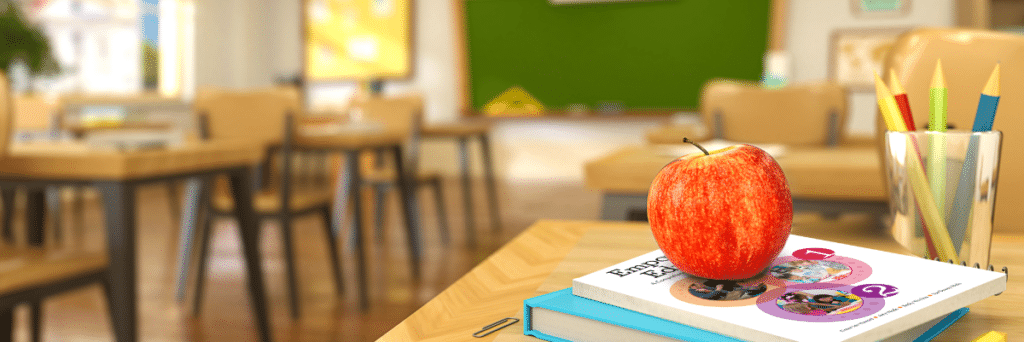
With a new school year right around the corner, the first place my mind goes to is how I will organize and prepare my physical space. As a counselor for my school’s littlest learners, I like to set my room up for play therapy. I call it “the playroom.” But this year my school is undergoing a major construction project and my beloved playroom of 25+ years has been completely gutted. Everything has been boxed up. When I return in the fall, I will be looking at a clean slate. It’s exciting and scary all at the same time. As a Responsive Classroom trainer, I teach others about classroom organization – the goals, the best practices, the tips. This fall, as I set up my space from scratch, I will truly be practicing what I preach:
A physical space should be uniquely designed for the students who enter and for the purpose it serves. My space needs to be a calming and safe place where children can find their voices, express feelings, and learn to take risks. Whatever your role, when you create your space, keep the children you serve at the forefront of your mind.
Remember, less is more. As you might imagine, over the years I have collected a lot of things in my little playroom. To prepare for the renovation, the custodians had to move out upwards of 20 giant boxes of stuff, several big furniture items, a myriad of play therapy tools, my large wooden desk from the 1950s, and a piano (yes, a piano!). Last year with all the COVID restrictions, I had to section off most of these things so they were not accessible to students. What I quickly discovered is: less truly is more! I didn’t need to have everything out at once and always available. Instead, I have some staples that are always there for structure and consistency, and then I rotate other items in and out throughout the year. As you think about your space, what are your go-to staples and what can you rotate so you can minimize clutter and keep things fresh and exciting all year?
Be thoughtful about displays and visuals. Last year, to make the disinfecting regiment manageable, I cordoned off a small space where I could work with kids. I chose a table, an easel with a few markers, and a couple of bins of toys. I used my piano as a divider and put my feelings visuals on the music shelf. I could easily reach them from my table spot and pull them over when I wanted to use them with a student. I began to notice how kids were going over to the piano and pointing to different feelings faces as they were trying to describe their feelings to me. They would grab a different visual of the piano and say, “Can I tell you using this one?” I’ve hung these visuals on the whiteboard for years, but kids didn’t even seem to notice them. On the whiteboard, they were at my eye level – but on the piano, they were at the kids’ eye level. With everything pared down and with visuals carefully chosen and placed, they came alive. They became effective tools rather than mere decorations. When you think about the visuals you have in your space, are they being used by students? Are there too many? Do any get lost in the shuffle? It’s better to have a few carefully selected and placed visuals that are actively used than a bunch that goes unnoticed.
Before the walls of my space were gutted, I took a picture of the stenciling that I had put in years ago (back when stenciling was big!). It was a border made of birdhouses and ivy and said, “Welcome Friends.” When I open the doors to my playroom this fall, I want it to be a space that I have thoughtfully prepared. I want the space to say “Welcome Friends,” not in physical words but through an environment that communicates to students: this space was created for you and with you in mind.
Written by Amy Wade, a school counselor in Canandaigua, New York, certified Responsive Classroom consulting teacher and co-author of Empowering Educators: A Comprehensive Guide to Teaching Grades K, 1, 2